Hello All,
<!—-><!—-> <!—->
I’ll thank you in advance for you time and advice. My children spend much of the time at their Mom’s house. They have pets that they like to keep out of their room at night. Thus, they close their bedroom doors at night. The central furnace system is located in the hall way and has ductwork through the ceiling with exit vents in the ceilings. There is one large return vent underneath the furnace in the hallway. Thus, the doors act as return vents. When they are closed the bedrooms obviously get very cold.
<!—-> <!—->
I was thinking of either cutting the doors a few inches shorter so there was about a 2 inch gap under the door, or installing a vent in the door near the bottom. The only safety related issue I have thought of is not being able to shut the door and block out smoke in the event of a fire (smoke detectors in every room and CO detector in the hall and master). Is there any other issues I should be aware of? Is this a stupid idea?
<!—-> <!—->
Any comments are very welcome.
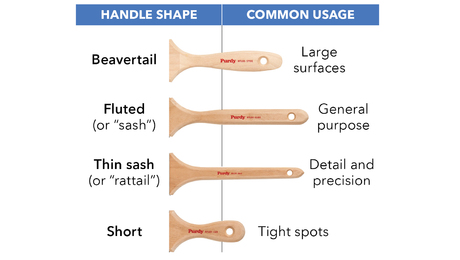
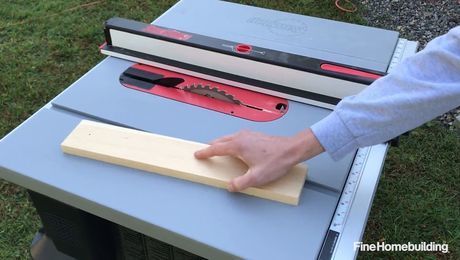
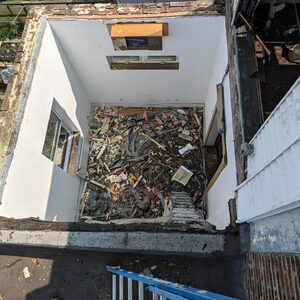
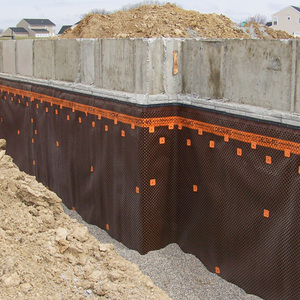
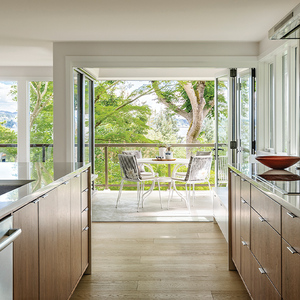
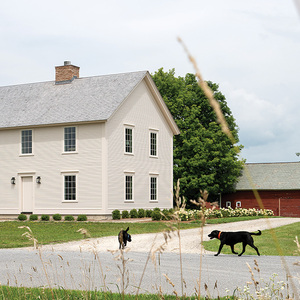




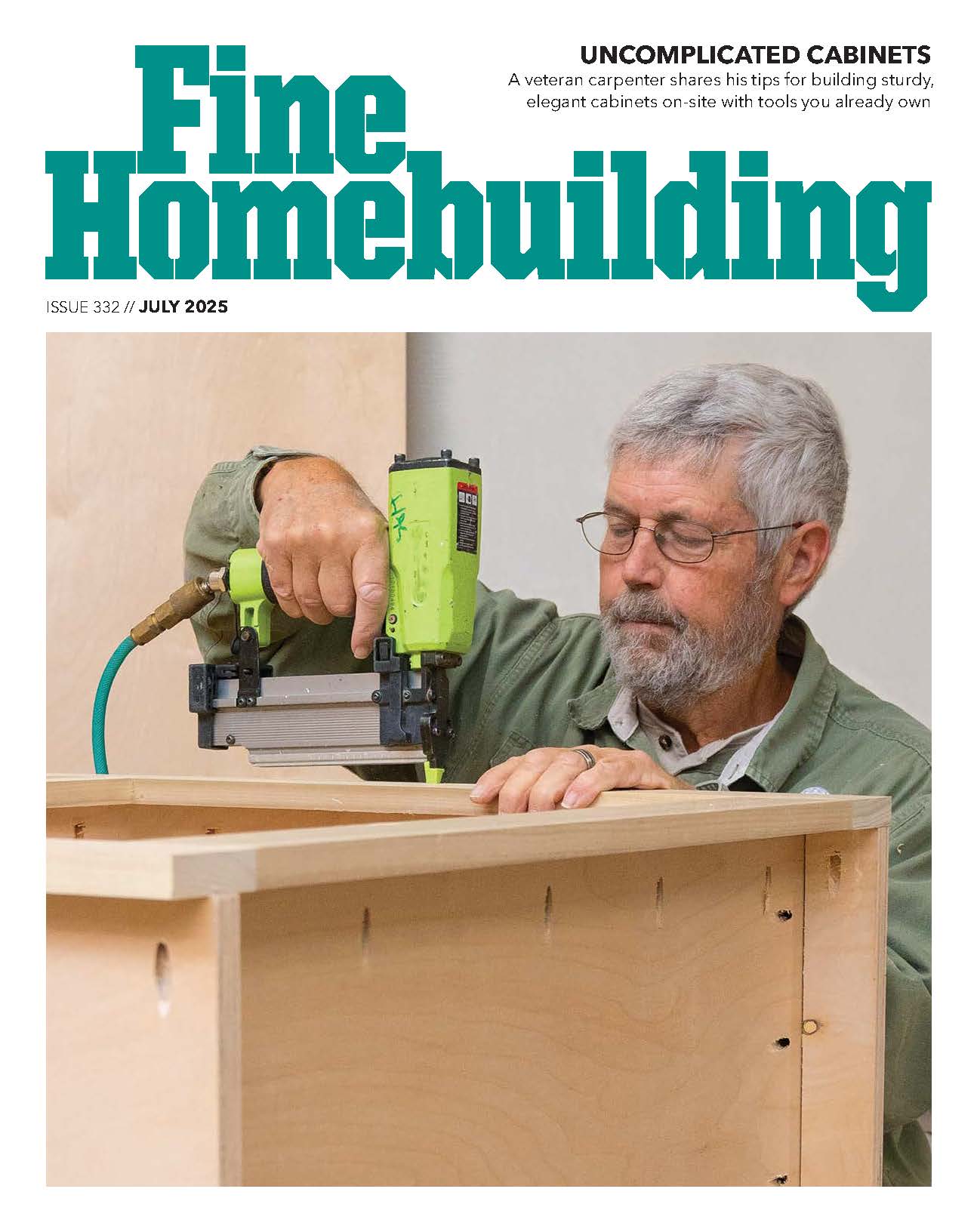








Replies
a MINIMUM of a 1" gap under each door would work ok
go for it
Thanks for the reply, shortening the doors is probably the way I will go.
Cutting the doors that short would work for circulation but you would probably have to replace them if you ever sold the house.
Could you put those expandable gates in the doors? I've seen them used to keep kids and pets from going thru doors.
I`m not sure I`m following you here. It sounds as though the bedroom ceilings each have thier own feeds, but the only return is out in the hall. If that is correct, there should be ample heat being fed to the rooms, however the system may not be receiving sufficient return. (How much is required is beyond my scope of expertise.....perhaps posting this in the "Energy, Heating & Insulation" folder might bring someone who can help direct you on that front.)
My initial thought, is where is the thermostat? If its in the hall, the system may simply be shutting down once that area.....cordoned off with bedroom doors closed....reaches the desired temperature. You might consider moving the thermostat into the largest of the bedrooms......or the one farthest from the system.
Lemme get this straight....
YOU BANNED REZ?!?!
Holy bagels and lox Batman!
Edited 10/20/2005 9:21 am ET by JDRHI
Thanks for your reply. Yes, you understand the problem. Each bedroom has its own feed, but relies on the open door for the "return" back to the main return under the furnace in the hall. Thus, when the door is shut, the circulation breaks down as it is hard to "feed" when there is not return (trying to blow into a bottle).
>>I`m not sure I`m following you here. It sounds as though the bedroom ceilings each have thier own feeds, but the only return is out in the hall. If that is correct, there should be ample heat being fed to the rooms,With the bedroom doors closed, the bedrooms can become pressurized and stop/reduce additional heated air from entering the rooms.
View Image
Sojourners: Christians for Justice and Peace
I wonder if you could cut a return vent in over each door?
Like make a 4X10" hole in the drywall above each door, and put a register in each side.
Or maybe lower would be better - Right beside the door near floor level.
"I said, "Hello, could I speak to Joey?"... "
They said, "Uh... I don't think so... he's only 2 months old."
"I said, "I'll hold."
Thanks, I hadn't thought of going over the door. That might look better. My only concern is it would return the hottest air, not the cool air you would like to send back to the heater. But, I'll think about this some more.
One problem with over the door is that there may be a solid header there, if the wall is a bearing wall, or the builder was obsessive.Fire dampers should be used if the doors are fire rated. Your typical hollow luan door, however, will last about 30 seconds in a fire, so not much point. Better to just buy extra smoke detectors -- authorities recommend one in each BR anyway, if the doors are kept closed.
--------------
No electrons were harmed in the making of this post.
There is a type of vent used in marine ventilation systems--possibly in commercial systems also, but I don't know much about those--which is equipped with an automatic fire damper. It uses a spring held back by a fusible link which melts in a fire (much like the link in an automatic sprinkler system). Once that link melts, the damper slams shut, closing the vent.
If you are worried about the ventilation system blowing smoke into the children's rooms in the event of a fire, you should install fire dampers on the inlet vents as well as the returns.
Dinosaur
A day may come when the courage of men fails,when we forsake our friends and break all bonds of fellowship...
But it is not this day.
That sounds like a good idea, I've never seen one in a residential house, but I'll look into them.
Down here in Texas the return air vent is the door cut off 1" to 1 1/2" short of the carpet!
Thanks for the reply, I think this is what I am going to end up doing.
The problem with cutting the doors is that it makes for a really great sound channel. You would be better off running an actual return back to the air handler from each bedroom with a closed door.
But then again I've got loud kids, a wife who likes to sleep late, me who stays up late to watch movies, and relatives from multiple timezones away who wake up at 4AM and go to bed at 9PM. We like to keep the doors closed and block the sounds so people can SLEEP.
I'm in the same predicament, and I'm running new returns for all the bedrooms. I also have a 1.75" fire door on each bedroom - that really kills the sound!
Rebuilding my home in Cypress, CA
Also a CRX fanatic!
Thanks for your reply. I don't have any of the sound problems you have. But, it sounds like you are well on your way to solving them.
Typically, with a central return, you need about a 1" gap at the bottom of the doors.
(In older houses, the original gap is often filled by the carpet layers, who get paid by the square yard, so even if they knew they were affecting the furnace performance ....)
Having the return right next to the furnace is a potential hazard, though.
When the blower comes on, the air gets pulled from the return(s,) reducing the pressure in the immediate vicinity of the return(s). As a general rule, you're not supposed to have a return within 10' of the furnace because that reduced pressure can pull the flue gases back into the house and lead to carbon monoxide poisoning.*
(That's why newer furnaces have a disconnect on the blower compartment door.)
I've tested a bunch of furnaces for this depressurization effect: it is less likely in older, drafty houses, and less likely in winter, with higher temp differentials between the drafthood and the top of the chimney
And although it isn't likely (>50%, that is) it isn't rare, either.
----------------
Be sure the CO detector has a digital read out (much more sensitive and faster to react than the non-readout type) and is mounted about eye-level or sightly above.
Consider getting them a low level monitor: even more sensitive.
Good reply, thanks for the info.
I was involved in a project, and without going through the whole scenario, the pressure created by the forced air system was measured in each room and 3/4" to 1" under door gap was ALWAYS adequate to insure adequate air circulation. 13 houses were tested.
That said, another method is to install high/low vents in a stud bay. Say inside the room, 1' down form the ceiling, and in the hall, 1' off the floor (same stud bay - obviously). Helps to reduce sound transfer and does a dandy job at allowing a return air path. Typical vent grills might be 4"x10". Cost you about $10 per room.
Read Morts before yours, but same good idea. Nice to hear about the study as well.
Maybe too late in this discussion, but what a HVAC contractor did in a house that we built was cut hole for a return about 6" off the floor on the bedroom side. On hall side of the wall locate same stud bay and cut another hole for return about 6" down from ceiling. Install 6x16 return air grills over both holes and your done.
Sence RA grills don't line up light doesn't shine through and sound may be muffled somewhat.
Seemed to work good. Customer never really said.
Roger
Thanks for the reply, that sounds like a clever idea.